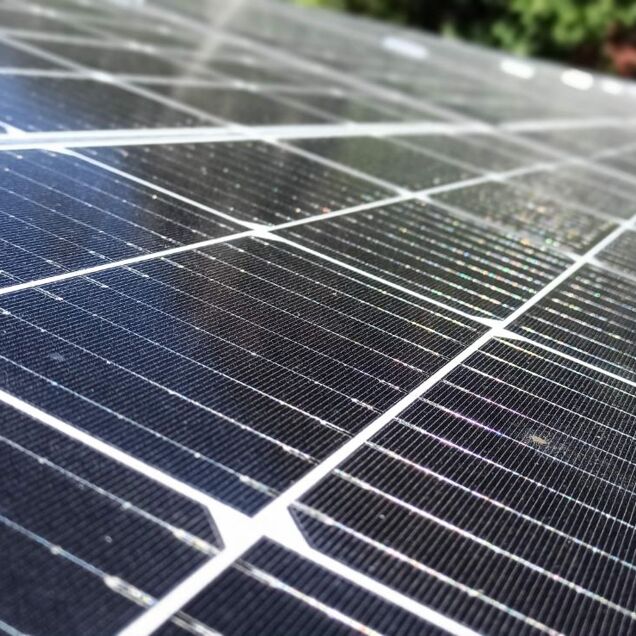THALIS E.S. operates in two fields: Energy Recovery from Waste and Optimization of the Energy Footprint of Facilities and environmental infrastructure management systems.
THALIS E.S. within the framework of the European directives, treats waste as an available resource. Since it has exhausted the limits of production prevention, reuse, and recycling, it uses the residues to produce sustainable energy, adding value to its management process. The production of energy from waste, is a process of maximizing the environmental benefit of an integrated management. The systems THALIS E.S designs and offers, maximize the potential of waste to produce energy, making use of the best available techniques and generating income for local communities.
With modern ideas and available techniques, THALIS E.S. pursues the design of new facilities or the redesign of existing ones, as well as environmental infrastructure management systems, with the aim of reducing energy consumption and ultimately optimizing the environmental footprint. In this direction, we use modern tools and methods.

ENERGY RECOVERY
- We utilize energy waste stored in landfills or landfills.
- We design, build, and operate biogas production units with the process of Anaerobic Digestion (AD) of biowaste.
- Organic MSW
- Other biodegradables, such as agricultural residues, livestock waste, food industry waste, etc.
- Biomass
- We design, build, and operate secondary solid fuel plants for the SR and RDF industries
- We develop, build, and operate biomass, MSW, and secondary solid fuel gasification units
OPTIMIZATION OF THE ENERGY FOOTPRINT
- Use of GIS technology and an integrated telemetry and remote control system.
- Real-time measurements—cloud applications
- Applications for the Development of Plant Operation Scenarios with the aim of Saving Energy (Artificial Intelligence)
- Use of real-time facility management systems, with the aim of achieving the process by consuming the minimum amount of energy required (real-time management).
- Optimization of chemical and biological processes
- Installation of modern electromechanical equipment.
- Energy utilization of the facility's waste (RES).
- Integration of RES (photovoltaics, wind turbines, geothermal, and hydroelectric) to cover the needs of the installation cogeneration of electricity and heat to achieve a greater degree of efficiency in the installation.